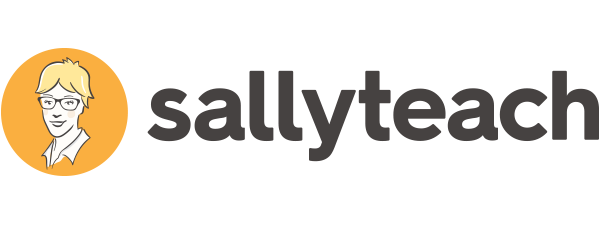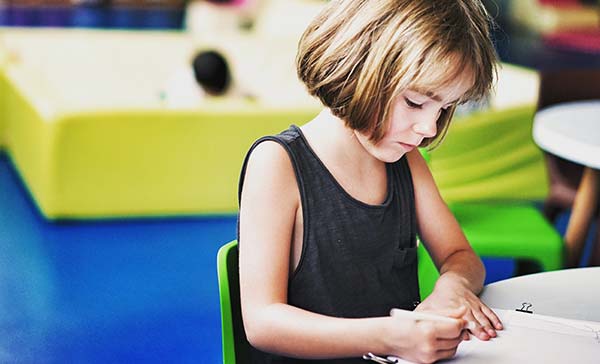Sallyteach recommends that your child go to a Dyslexia Friendly School.
A dyslexia friendly school will look like this:
It organises an educational psychologist to test your child if the class teacher has concerns about their academic progress or if you as a parent raise concerns about your child’s progress.
It has a teacher in charge of “Special needs” who co-ordinates learning programs for children who are dyslexic or who have learning difficulties or learning disabilities.
It uses decodable books (books where children can sound out words) as opposed to whole language books (books where children are encouraged to guess words according to their shape and memorise them).
It follows a whole school systematic, sequential and synthetic phonic program from Prep through to Grade 6.
Reading is taught through this systematic, sequential and synthetic phonic program.
It provides individual learning plans for your child at the beginning of each year and these are reviewed at the end of every term and goals reset as required.
Individual learning plans are done at regular meetings called PSG’s (Parent support group). Present are the vice principal, the leading teacher in charge of intervention for children who need support, the class room teacher, the tutor and any other associated educationists working with your child.
It acknowledges that children who have dyslexia account for approx. 10% (on average) of the children at their school.
It provides assistive technology… it uses computers, text to speech software, voice dictation software.
It takes into account how hard children who have dyslexia work compared to their peers and how tired they get.
It makes accommodations with regard to homework and negotiates spelling lists according to your child’s spelling ability.
It registers dyslexic children with the Department of Education so accommodations can be made for NAPLAN and educational histories can be forwarded to secondary schools upon transition
It provides in-service education to parents of children with dyslexia. For example, a support group for parents.
It acknowledges that all children can learn to read.
It celebrates the creativity and strengths that children with dyslexia bring to their school community. For example, talks by children who have dyslexia to other classes to educate their peers about what is means to be dyslexic.





